Research on new food supply system based on optimization system
DOI: 10.23977/jeis.2021.61006 | Downloads: 7 | Views: 1843
Author(s)
Zhuangzhuang Li 1
Affiliation(s)
1 Anhui University of Technology, Anhui, 243031
Corresponding Author
Zhuangzhuang LiABSTRACT
Although the global food system has been tempered for many years, but recent events have shown us that our global food system is unstable even in the parts of the world that it generally serves well. So, researching out a better food system has great significance to humanity. First of all, this article collects various data on agricultural production in countries around the world, according to the data type, the food system is divided into four first-level indicators, using the comprehensive model of entropy weight method and analytic hierarchy process to establish evaluation models. Secondly, the article establishes a sub-model based on four first-level indicators for facilitately analysising problems. Due to the complexity of studying the global food system, this article focuses on local areas firstly. Multi-objective optimization of the two goals of equity and sustainability according to the established sub-model, observing the changes of the other two first-level indicators, can get the conclusions: the optimization will reduce the number of food scarcity people in the world. But it will also reduce the profit and efficiency of the food system, and the selling price of various crops may rise. From the variation of sub model parameters,the new food system is more stable than the original food system.
KEYWORDS
Multi-objective optimization, entropy weight method, analytic hierarchy processCITE THIS PAPER
Zhuangzhuang Li. Research on new food supply system based on optimization system. Journal of Electronics and Information Science (2021) 6: 39-42. DOI: http://dx.doi.org/10.23977/jeis.2021.61006
REFERENCES
[1] Li Qiang, Pang Yufan, Wang Yue. Evaluation of Agricultural Production Efficiency Based on DEA Model and Malmquist Index——Taking Jilin Province as an Example [J]. Technical Economics, 2020, 39(09): 135-143.
[2] M. P. Maneta, M. O. Torres, W. W. Wallender, S. Vosti, R. Howitt, L. Rodrigues, L. H. Bassoi, S. Panday. A spatially distributed hydroeconomic model to assess the effects of drought on land use, farm profits, and agricultural employment [J]. John Wiley & Sons, Ltd, 2009, 45(11).
[3] Zhao Xia, Feng Zhiming, Yang Yanzhao. The temporal and spatial evolution characteristics and geographical pattern of global food production from 1961 to 2007 [J]. Resources Science, 2010, 32(05): 907-916.
[4] Ni Kunxiao, He Anhua. Analysis of China's Food Supply and Demand Situation [J]. World Agriculture, 2021(02): 10-18.
[5] Hua Shuchun, Zhong Yu. My country's grain regional supply and demand balance and the policy enlightenment it triggers [J]. Economic Issues, 2021(03): 100-107.
[6] Gabriela Steier, Adam Friedlander. Food System Transparency: Law, Science and Policy of Food and Agriculture [M]. CRC Press: 2021-01-28.
[7] Agroecology and the transition to sustainability in West African food systems [J]. Agroecology and Sustainable Food Systems, 2021, 45(2).
| Downloads: | 13486 |
|---|---|
| Visits: | 563047 |
Sponsors, Associates, and Links
-
Information Systems and Signal Processing Journal

-
Intelligent Robots and Systems

-
Journal of Image, Video and Signals
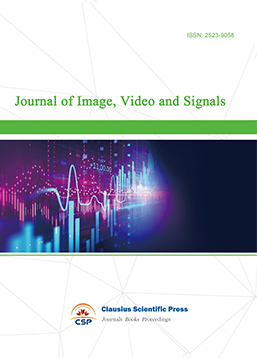
-
Transactions on Real-Time and Embedded Systems
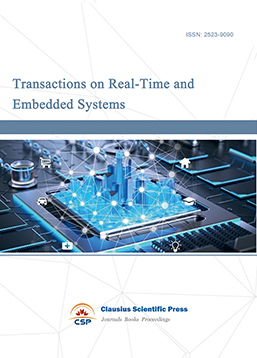
-
Journal of Electromagnetic Interference and Compatibility
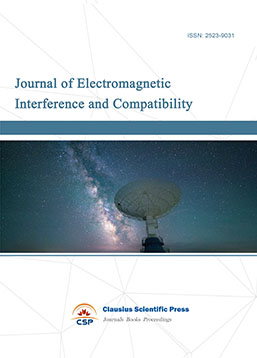
-
Acoustics, Speech and Signal Processing
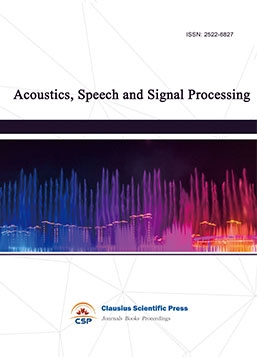
-
Journal of Power Electronics, Machines and Drives
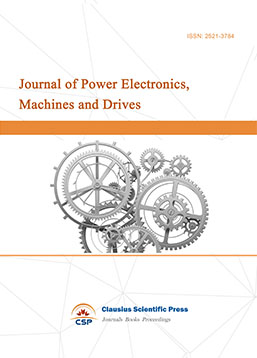
-
Journal of Electro Optics and Lasers

-
Journal of Integrated Circuits Design and Test
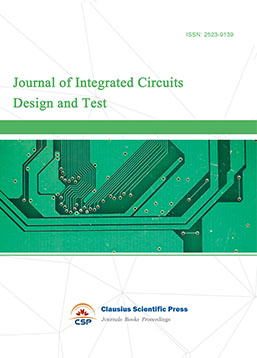
-
Journal of Ultrasonics
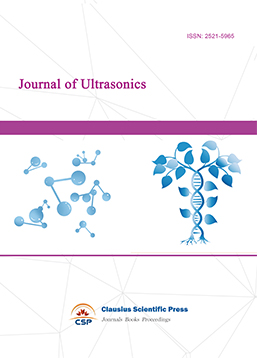
-
Antennas and Propagation
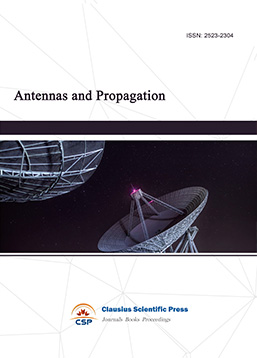
-
Optical Communications
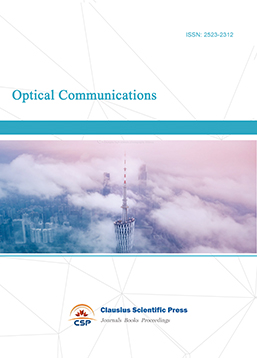
-
Solid-State Circuits and Systems-on-a-Chip
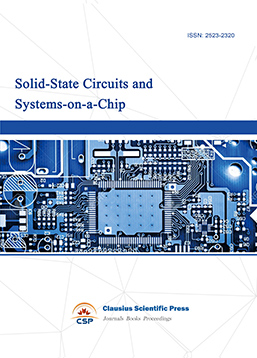
-
Field-Programmable Gate Arrays

-
Vehicular Electronics and Safety

-
Optical Fiber Sensor and Communication
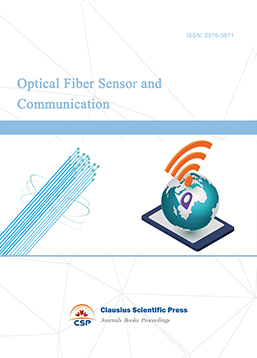
-
Journal of Low Power Electronics and Design
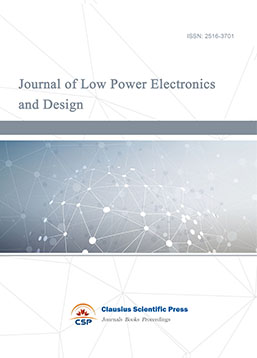
-
Infrared and Millimeter Wave
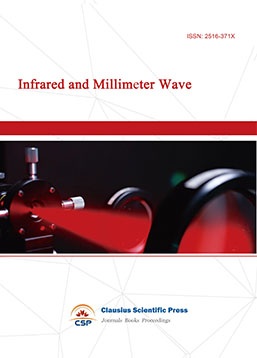
-
Detection Technology and Automation Equipment
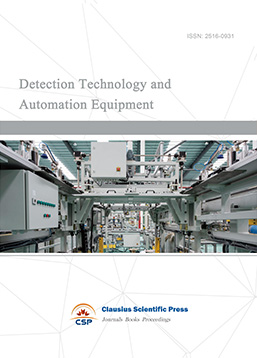
-
Journal of Radio and Wireless

-
Journal of Microwave and Terahertz Engineering
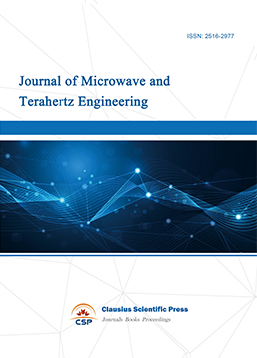
-
Journal of Communication, Control and Computing
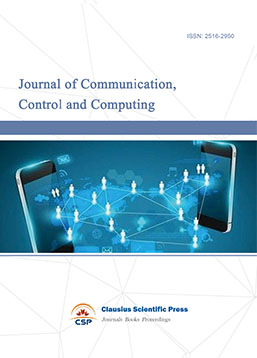
-
International Journal of Surveying and Mapping
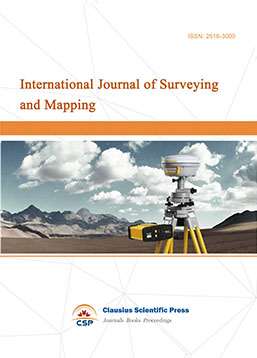
-
Information Retrieval, Systems and Services
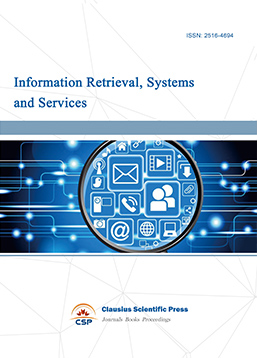
-
Journal of Biometrics, Identity and Security

-
Journal of Avionics, Radar and Sonar
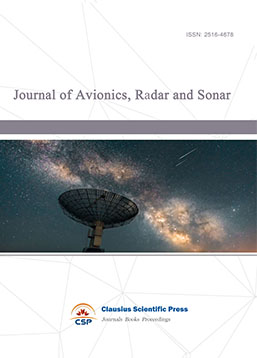

 Download as PDF
Download as PDF